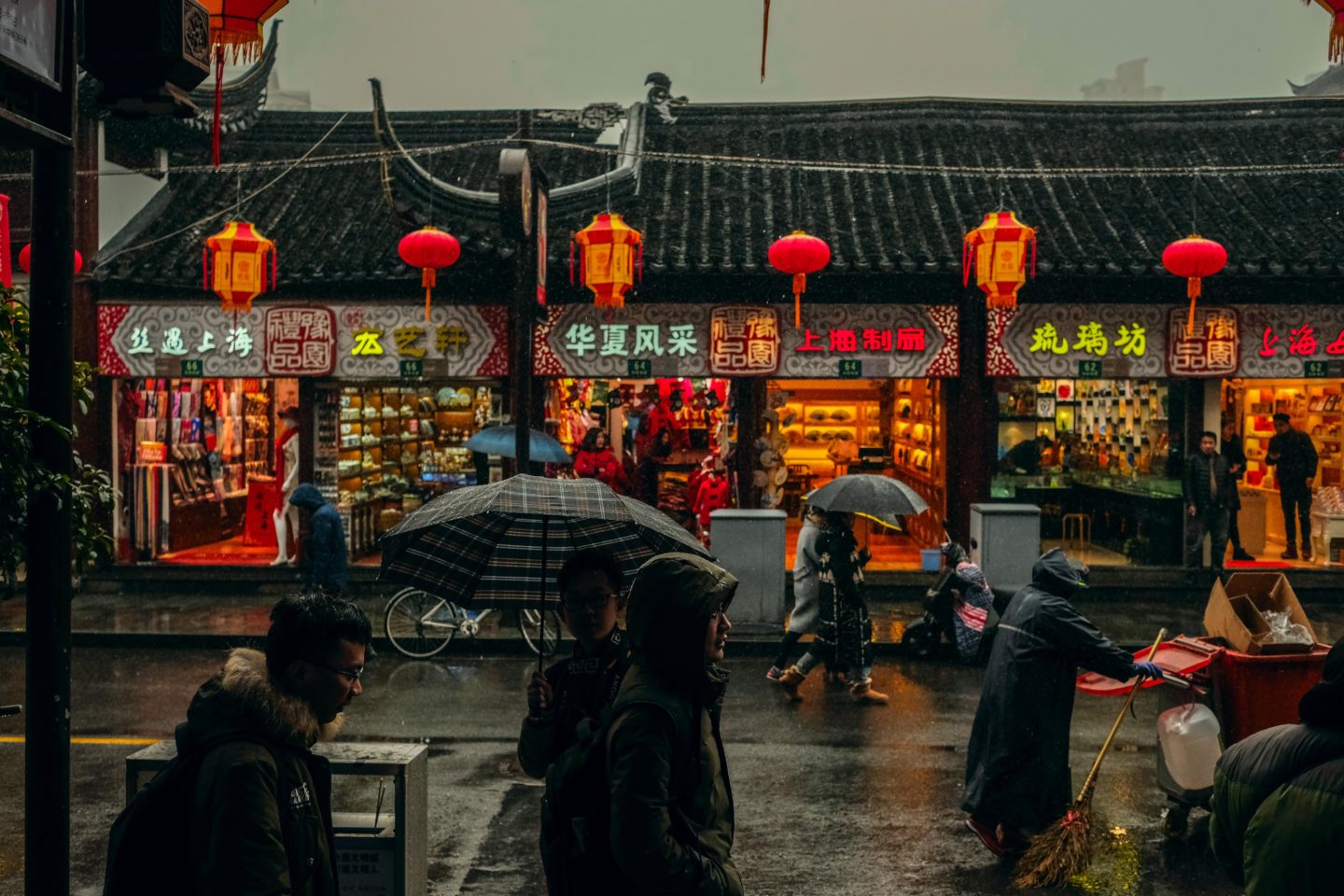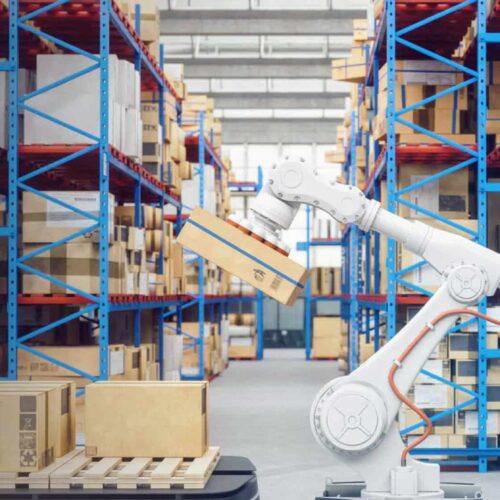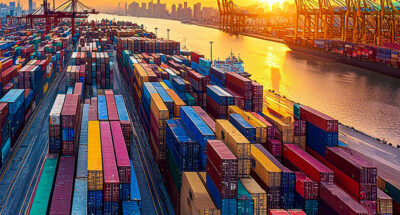“China for China” has now become a common phrase in corporate circles, as it reduces dependency on Chinese factories for exports while keeping a stable local supply chain to service the Chinese market. For example, the pharma giant AstraZeneca has opened an inhaler manufacturing facility in the city of Qingdao. Schneider Electric, the energy management company, has R&D hubs in China where it makes a product that controls energy usage, designed for the Chinese market and exported elsewhere in Asia.
Locate savings to protect margins
Nearshoring can be a more expensive option than offshoring, pushing up the costs of both labor and material. This means companies need to find savings elsewhere to preserve their margins. With consumer confidence low around the world, they are unlikely to pass on the full costs to customers without suffering a fall in volume.
Manufacturers have been hit by soaring energy prices, even as milder temperatures in the northern hemisphere have eased worries about power shortages in Europe. Finding ways to further lower energy costs should be a priority; expanding use of renewable power to meet climate targets and cut dependence on Russian energy, for example, even as rising component prices limit renewable capacity.
Companies are also switching to cheaper or more widely available components to make their products. For example, some companies are avoiding alloys that are difficult to find and using relatively standard steel. While it is not the same performance, it is good enough.
Take greater control over the supply chain
However, as well as looking for immediate cost savings, firms should be focused on the resilience of their supply chains to ensure stability of production. That can involve trade-offs that drive up costs today but promise greater returns in the longer term.
Many companies have, for instance, been using more flexible and short-term contracts with suppliers to adjust to changes in customer demand. But I recommend signing longer-term contracts with their key suppliers to build additional resilience in the supply chain.







